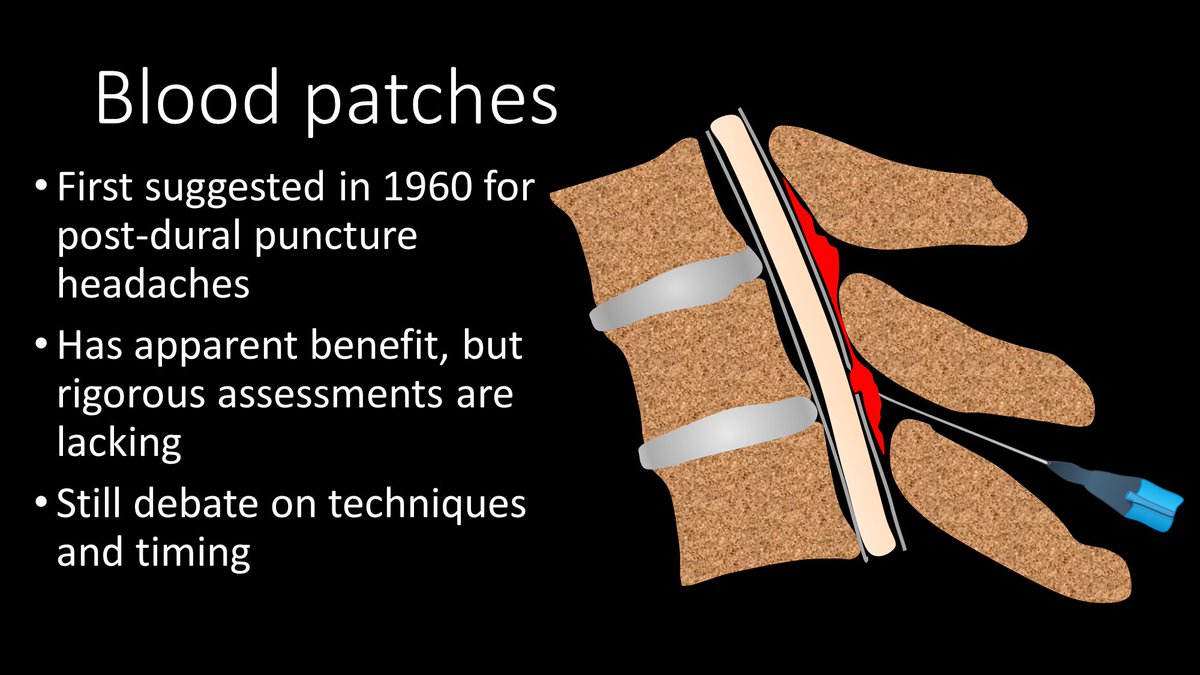
1/Talk about going for the jugular! A 🧵 about a case I never thought I would never be lucky enough to see & the largest IJ I’ve ever come across!
#medtwitter #FOAMed #FOAMrad #medstudent #neurorad #radres #neurosurgery #meded #neurotwitter #radiology
#medtwitter #FOAMed #FOAMrad #medstudent #neurorad #radres #neurosurgery #meded #neurotwitter #radiology

2/A “syndromic appearing” young adult pt who was a poor historian & could not specify any prior diagnosis, p/w left neck swelling. On CTA, calling the IJ supersized would have been an understatement 

3/Posterior to the IJ was a tangle of vessels, but no identifiable soft tissue mass, concerning for a vascular malformation. Catheter angiography showed a Jackson Pollack painting appearance of tangled vessels consistent with an AVM 

4/But it was more complicated than that. Although there was an AVM, there were also signs of a low flow lesion as well. There was non-enhancing soft tissue & phleboliths that looked more like a venolymphatic. But an enlarged main pulmonary trunk indicated a high flow lesion. 

5/And among the vascular malformation was all this extra fat. It didn’t look like an encapsulated lipoma. It was more like just overgrowth of the fat in this region—don’t we all have problems with a little bit of fatty overgrowth! 😉 

6/An MRI of the brain showed a Chiari 1 and bright spots in the cerebellum that looked like the UBO (unidentified bright objects) one sees in neurofibromatosis 1 pts. But this patient had no other stigmata of NF1. 

7/So we have a vascular malformation (mixed high & low flow) & lipomatous overgrowth. This is CLOVES syndrome (Congenital Lipomatous Overgrowth w/combined-type Vascular malformations, Epidermal naevi, Skeletal anomalies). They can also have posterior fossa abnormalities. 

8/CLOVES actually falls under the umbrella of a spectrum of vascular abnormalities/lipomatous overgrowth syndromes—the most famous being Proteus syndrome—the syndrome the elephant man had. I never thought I would come across a disease that is a variant of the elephant man! 

9/So next time you see a vascular malformation & lipomatous overgrowth—think of this umbrella of PROS syndromes—even if you are an adult neuroradiologist like me who NEVER sees such syndromes (real life picture of me below every time pediatric pathology comes across my screen)
• • •
Missing some Tweet in this thread? You can try to
force a refresh





















